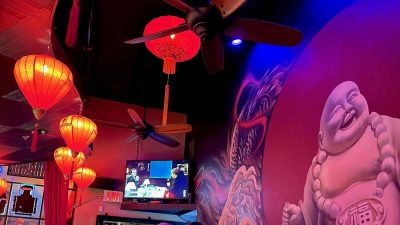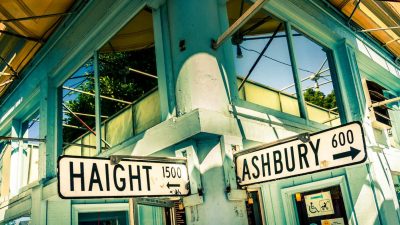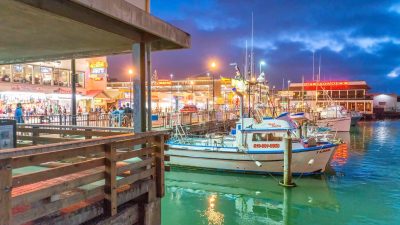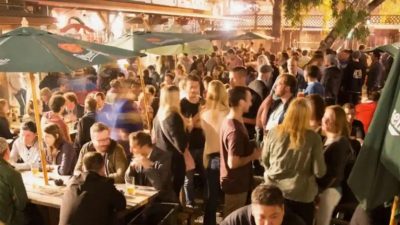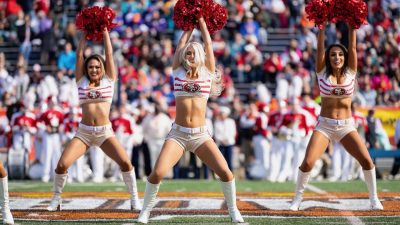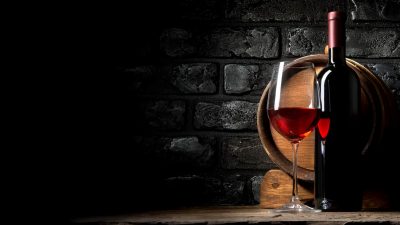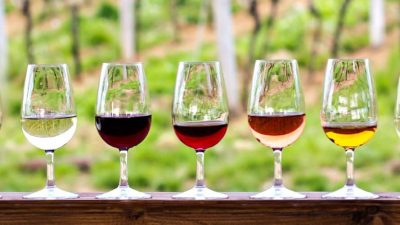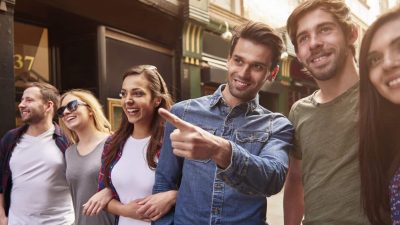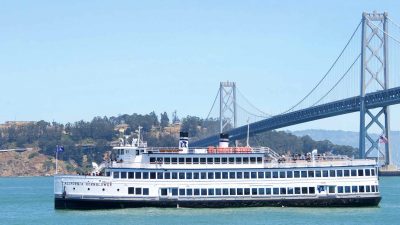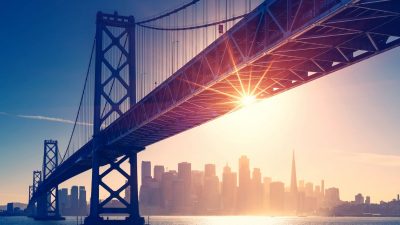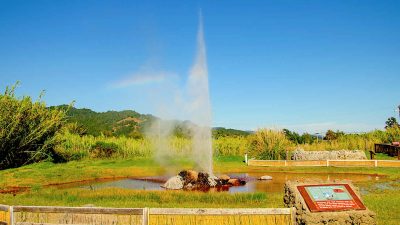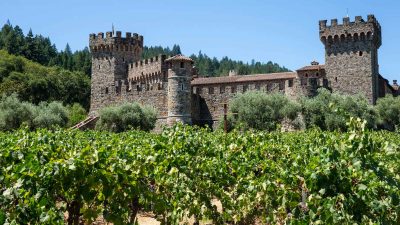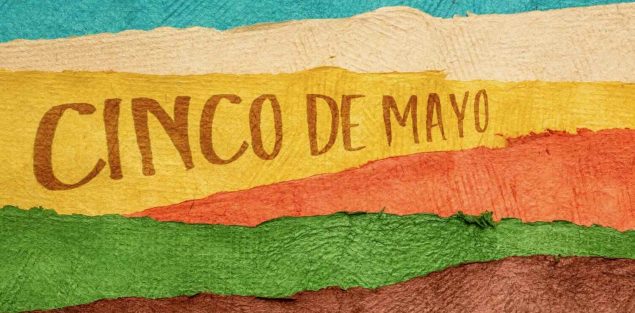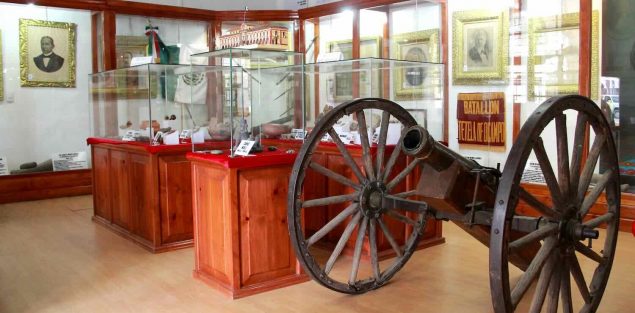The Legacy of the 3 Martini Lunch
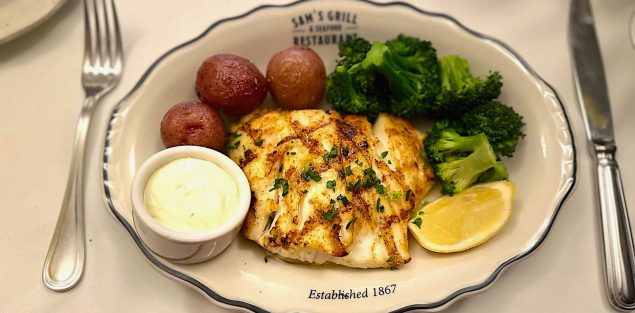
Dine Like a San Franciscan: The Legacy of the 3 Martini Lunch Lives on in the City By the Bay.
San Francisco, from the days of the Gold Rush to present day, has always been a Cocktalian’s city. I am not sure which came first, San Francisco or Day drinking. Regardless, the Bay Area is a place where nobody has ever needed to use the excuse, “it’s Five O’Clock somewhere”. An Irish coffee with Breakfast at the Buena Vista is a daily norm. Bottomless mimosas in the Marina and Cow Hollow are a given at breakfast and brunch. Over in Laurel Heights, the Billecart Salmon Champagne begins to flow like water at 11:30 AM, when Spruce opens for lunch. On Haight Street some of the bars, including “Hobson’s Choice” Victorian Punch House, open the doors before many of the retail businesses. The list goes on.
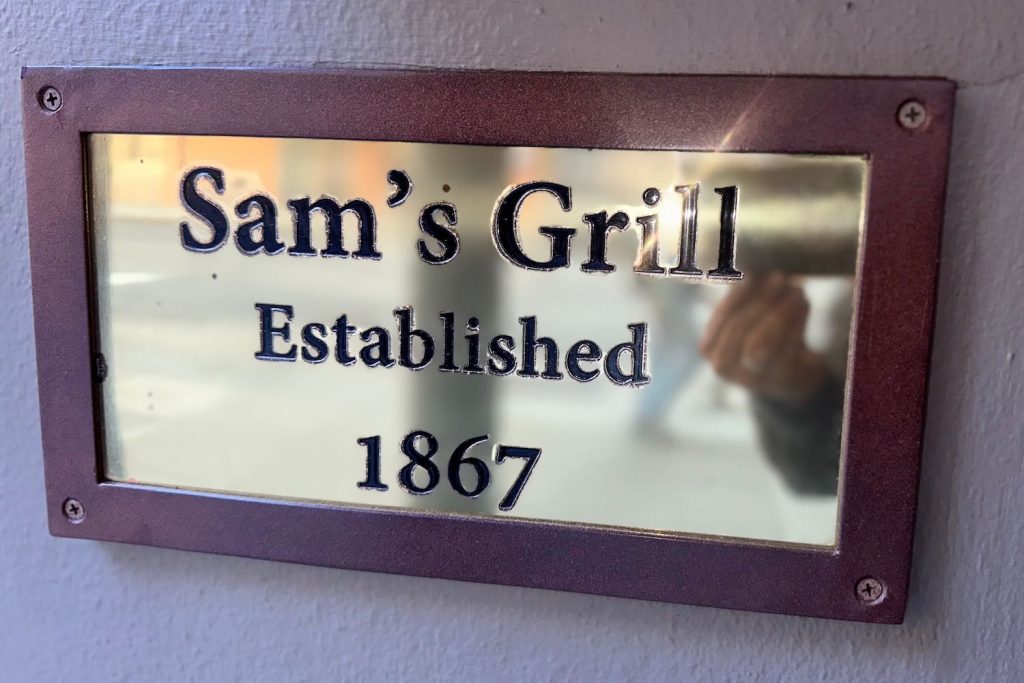
In downtown San Francisco, the fifth oldest restaurant in the Country, Sam’s Grill and Seafood Restaurant, is still going strong. This classic San Francisco destination for local cuisine and cocktails, has been open since 1867, not long after the Gold Rush. Today you can still enjoy the quintessential three-martini lunch at Sam’s without apology or excuse. Drink and dine, like business men of yesteryear and “ladies who lunch”. With the dark days of covid lock downs behind us, it is nice to slow down and enjoy the finer things in life. Sam’s is a place to enjoy the freshest seafood, classic San Francisco cuisine and to enjoy refreshing libations at your own pace. The menu is heavy on some of the freshest seafood around.
Oysters have been a staple on Sam’s menu since it first opened. In 1867 the place was called “M. B. Moraghan’s”, after the first owner, Michael Bolan Moraghan, an Irish Immigrant, who also raised oysters, back when the San Francisco Bay was lousy with them. The business changed hands a couple times over the years and the name was changed to, “Sam Zenovich Restaurant” in 1922, but was simply referred to as “Sam’s” by locals and upon Mr. Zenovich’s death in 1937, it was changed to “Sams Grill and Seafood Restaurant”. The menu today still offers oysters on the half shell, baked oysters and even the Gold Rush delicacy, “Hangtown Fry”. You could easily make a lunch of just oysters and Martini’s. But let the Mad Men Episode, “Red in the Face”, serve as a cautionary tale.I would recommend something a little more substantial than Don Draper and Roger Sterling indulged in at their “3 martini lunch”. The restaurant offers delicious mesquite grilled fish, Cioppino, dry-aged steaks and other hearty fair to soak up the booze. For just $3 you can add a half loaf of delicious bread from Jane Bakery with sea salt butter. I highly recommend it.
The oysters at Sam’s are no longer sourced from the San Francisco Bay. Due to environmental issues, caused from mining and environmentally unsound practices, the San Francisco Bay is not the best place to source oysters.Not far away, in the cleaner and less muddy waters of Tamales Bay, outstanding oysters are being cultivated. Not the San Francisco native variety of Olympia, as would have been served city wide in the 19th century, but Japanese varieties, such as Miyagis. Olympia oysters are farmed in Washington State; however.

The menu at Sam’s offers a wide-array of San Francisco dishes, including Seafood Louis, Sand Dabs, Green Goddess Salad, Cioppino, Dungeness Crab, Hangtown Fry and the very rare “Celery Victor” a dish created in 1910 at the St. Francis Hotel, by Celebrity Chef Victor Hirtzler. In addition to San Francisco classic dishes, there are a few harder than average to find, classic 20th Century dishes, like Clams Casino, Oysters Rockefeller, and Clams Elizabeth featured on the menu.
Tourists in the Bay Area often ask me where to get fresh seafood in the city. Sam’s has got to be one of my top recommendations. It is a true San Francisco culinary experience. It is a historical restaurant, with fresh, well prepared local cuisine that is priced fairly, cooked to perfection and with great service to boot. You are never rushed at Sam’s. You can truly enjoy a 20th Century San Francisco dining experience, taking your time, conversing with friends or colleagues, sipping martinis and never feeling rushed, as you do at turn and burn tourist traps. Dining out should be enjoyable, not rushed. Life in the 21st Century is hectic. Sometimes it is nice to slow down and truly enjoy the good things in life. At Sam’s you will feel welcome, well taken care of and will never, ever be rushed.
Cheers to the 3 martini lunch, may it long prosper at Sam’s!

What is a 3 Martini Lunch?
In case you read through the above article and were wondering about this whole “3 Martini Lunch” thing, it wouldn’t be a surprise. While it may sound like you are just replacing your normal lunch with excessive amounts of drinking, it’s more like a metaphor for the extended business lunches that occurred in the mid-century. Here is a little bit of history:
The “Three Martini Lunch” is a phrase that symbolizes a unique part of business culture, particularly prominent in the United States during the mid-20th century. This was a time where you could smoke in hospitals and before they printed “to avoid danger of suffocation” warnings on dry cleaning bags, so needless to say things were a little more lenient across all fronts. The tradition reflects a time when lengthy, alcohol-fueled lunch meetings were common and accepted as a part of doing business.
Origins & Popularity:
The exact origins of the Three Martini Lunch aren’t exactly clear, but it gained significant popularity in the 1950s & 1960s. This was a time of post-war economic boom in the U.S. Business executives, particularly in industries like advertising, finance, and law (typically male-dominated during that time), would often hold meetings over long lunches where martinis were the drink of choice. Keep in mind that this was before The Internet, email, cell phones and laptop computers so business was a little different than it is today.
Significance:
These lunches weren’t just about drinking They were a form of networking, deal-making and building relationships. The relaxed atmosphere was conducive to open discussions and sealing business deals. It was also seen as a sign of status and success – being able to spend hours in the middle of a workday at upscale restaurants.
Pop Culture and Media:
The Three Martini Lunch became a cultural icon, often depicted in movies & TV shows. The most notable portrayal is perhaps in the television series “Mad Men,” which accurately captured the essence of this practice among advertising executives in the 1960s. Don Draper could enjoy an extended 3 Martini Lunch, drink some Scotch back at the office and still have energy to get into trouble at night.
The Gradual Decline:
The decline of the Three Martini Lunch began in the 1970s and accelerated in the 1980s. Factors contributing to its demise included the growing awareness of the health risks associated with heavy drinking, stricter drunk driving laws, and a shift in corporate culture towards efficiency and productivity. Although less focused on drinking (for the most part), the Power Lunch took its place.
Relevance Today:
While the traditional Three Martini Lunch is largely a thing of the past, it’s left a lasting impact on business culture. It’s a reminder of a time when business was conducted in a more personal and leisurely manner. Nowadays, corporate lunches are more likely to be quick and focused, if you have time for lunch at all. Plus the wide use of cell phones, email and Zoom have done a lot to pretty much eliminate a lot of the in-person business meetings of the past.

